There are two words that allow organizations to truly capture the value of both employees and the technology they use – governance and collaboration. Research has found that companies that embed communication and collaboration have a 50% lower staff turnover rate and more satisfied employees. Those who use digital collaboration tools are 17% happier with their jobs and top performers are those that collaborate and connect effectively. Technology empowers this collaboration; governance ensures that this is done in line with best practice methodologies and policies so that the collaboration is seamless and secure.
Implementing governance within Microsoft Teams allows your business to refine its end-user experiences, simplify decision-making, and ensure that security remains a business priority. It also keeps every person in your organization on the same page and makes the day-to-day management of your Microsoft Teams environment so much easier.
The advantages of implementing Microsoft Teams governance
- You mitigate the risk of Teams sprawl with multiple channels and teams. If the rules are clearly laid out and everyone is aware of the processes and protocols, it keeps things nice and tidy.
- Naming conventions remain clear and understandable.
- Everyone knows the rules of engagement. Everyone knows how to communicate on the platform, where to put specific information, and what language to use to avoid confusion.
- Finding teams, projects, and people is simplified because you’ve got the right names in place and the right roadmap to find out where to go. It can really speed up engagements and reduce friction.
The necessities:
You’re going to need to have some of the following elements in place if you want to ensure that your governance is aligned correctly. These will vary dependent on the size of the organization, the number of teams working together, and the scale of your projects.
- Find out who your stakeholders are and how your governance decisions will affect their user experiences. This will allow you to build a governance foundation that doesn’t end up confusing and convoluting the experience.
- Determine ownership. Who owns what data, where does it live, how is it archived, when is it deleted, and who gets access. Ensure that your Teams has a clearly defined lifecycle management process in place.
The best practice road trip: creating the signposts
Signpost 01: Deciding the Who
This is where you ask who is allowed to create teams within your business. To avoid sprawl and confusion, this should be a singular pool of people who meet specific business criteria per type of team. Microsoft recommends that you use early adopters and core team members and then monitor both to ensure that they are aligned and that their processes are optimized. You can use their behaviors and approaches to further refine learnings and governance processes along the road.
Creating a team is time-consuming and detailed, especially if governance is clearly laid out. If only certain people are given the authority to start this process, then you remove the risk of people spending a lot of unnecessary time setting up teams that only a few people will use.
Additional note: This is a solid step towards minimizing sprawl and time wasting as well as reducing the pressure on IT, but severely curtailing the number of people can also have a negative impact. The goal is to find a balance that empowers people to use the platform optimally without making it a free-for-all.
Signpost 02: Determining the lifecycle
Governance asks that the business refine its Teams management and its processes to ensure that every interaction is optimized. You need to configure specific lifecycles for teams against clear settings that are aligned to your business. This can be global settings, specific users or groups of users. This can be changed on demand and as your business changes but should be restricted and its processes clearly defined.
You should always know why a team is being created (the Who), monitor its usage, and know when to delete or archive it. Teams includes some impressive tools that help you to build a well-defined lifecycle management process.
Additional note: This process ensures that you aren’t carrying multiple defunct teams within your business and that the data associated with these channels and projects is correctly stored and managed.
Read on to Part 2 for the next best practice steps for Microsoft Teams governance.





